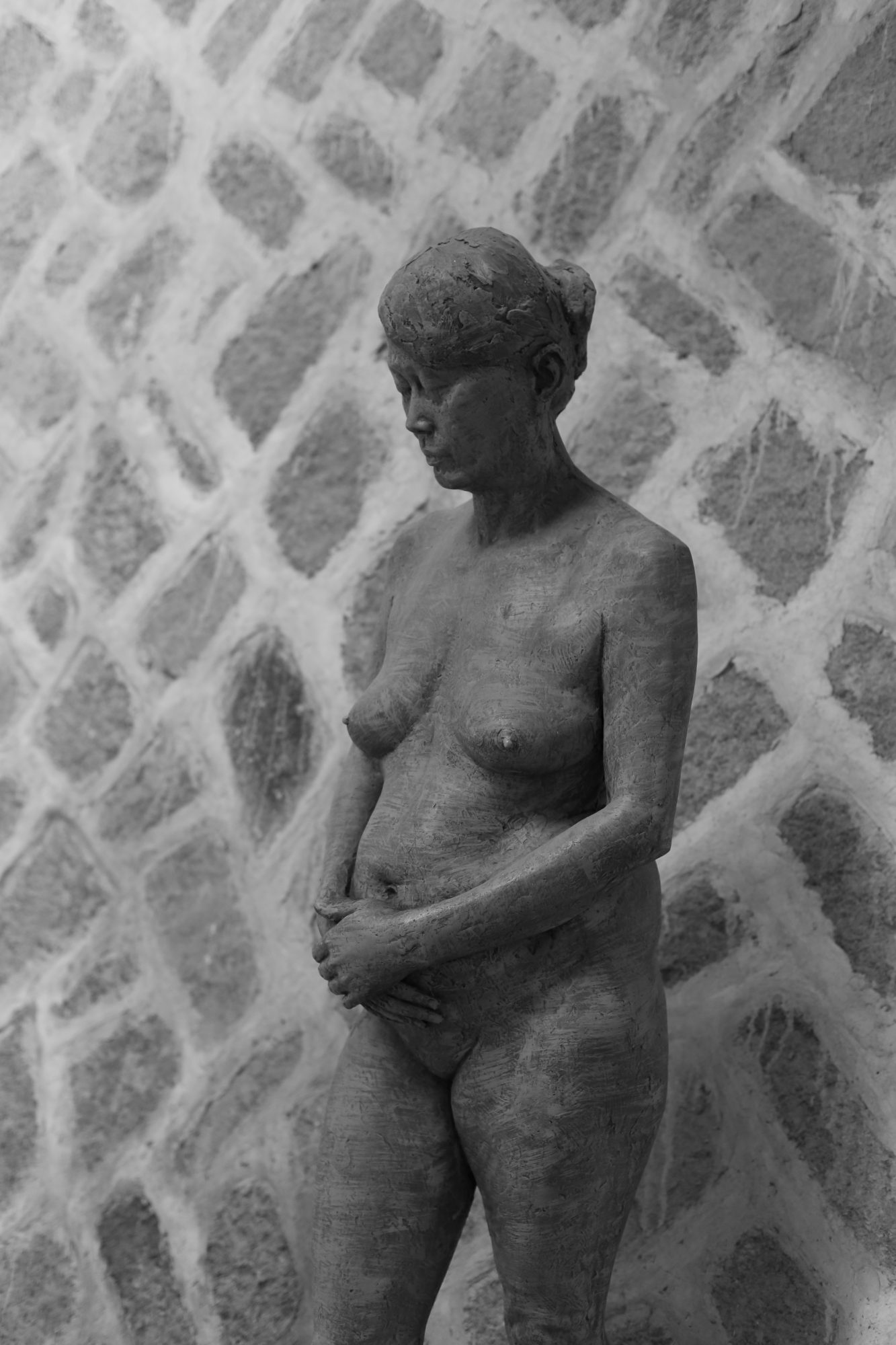Women’s PCOS symptoms vary from state to state in America and are influenced by race and general health, here’s why
Polycystic ovary syndrome (PCOS) affects 7–10% of women of childbearing age and is the most common cause of infertility.
In the U.S. alone, an estimated 5 to 6 million women have PCOS, but the disorder is still underdiagnosed.
PCOS is when women have two of the following criteria:
- Androgen excess (excess male sex hormones such as testosterone)
- Ovulatory dysfunction
- Polycystic ovaries
Excessive hair growth and insulin resistance
In Alabama, women with PCOS may be more likely to have excessive hair growth and insulin resistance, whereas women with PCOS in California may be more likely to have higher testosterone levels. This is according to new research published in the Endocrine Society’s Journal of Clinical Endocrinology & Metabolism.
How does race impact PCOS symptoms?
“Our study found geographical differences in PCOS in Black and white women, suggesting there are both genetic and environmental influences on how this disease manifests,” said Margareta D. Pisarska, M.D., of Cedars-Sinai in Los Angeles, Calif.
“Ongoing research is needed to identify modifiable risk factors for PCOS that may be race and ethnicity-specific to bring precision medicine to the management of this disease.”
Researchers compared data from 1,610 Black and white women with PCOS in Alabama and California and found some interesting regional differences.
Overall, there were many similarities between the races. However, women with PCOS in Alabama were more likely to have excessive hair growth and insulin resistance, whereas women with PCOS in California were more likely to have higher levels of testosterone.
Does BMI affect PCOS symptoms?
The average body mass index (BMI) of Black women with PCOS in Alabama and California did not vary much between the locations, whereas in white women with PCOS, the average BMI was higher in Alabama than California.
“Since we have now identified that there are geo-epidemiologic differences, we intend to do follow-up studies comparing black and white women with PCOS, controlling for geo-epidemiologic differences,” Pisarska added.
“Furthermore, we are trying to look at factors that are contributing to these differences in order to tailor treatments based on specific needs for improvements in care for all women with PCOS.”











